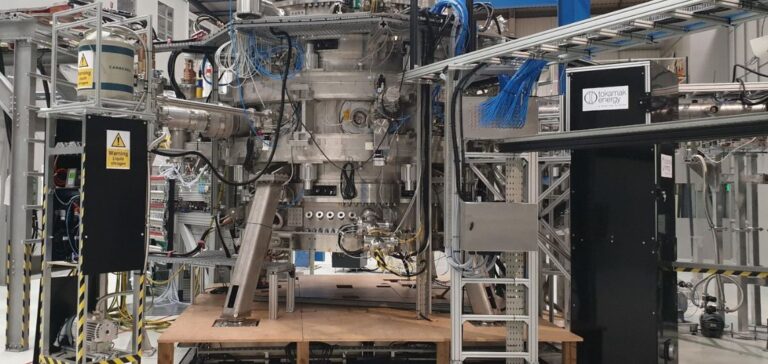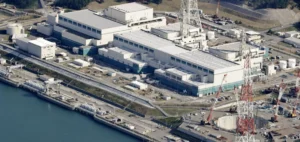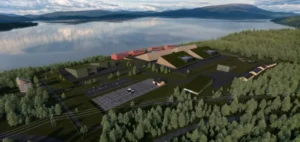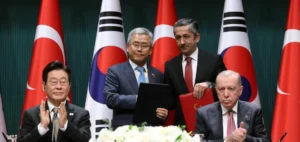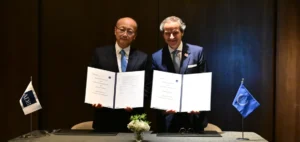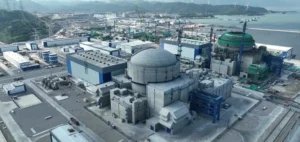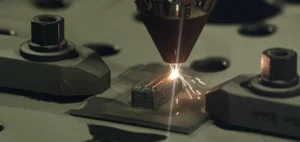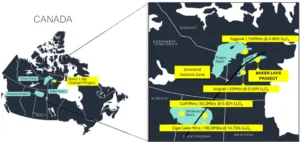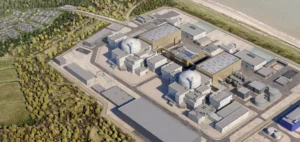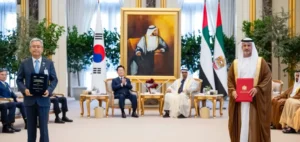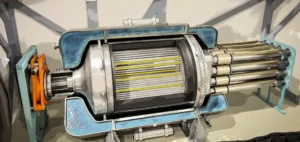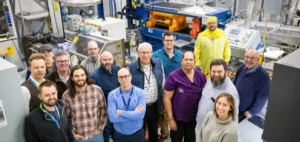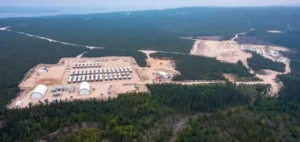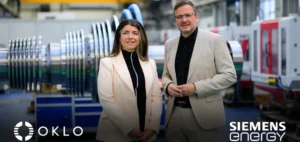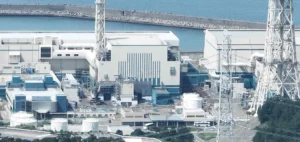The ST80-HTS, Tokamak Energy’s advanced prototype, will be the world’s first spherical high-field tokamak for energy delivery.
A study prototype
The ST80-HTS will use large-scale high-temperature superconducting magnets. As such, the prototype will demonstrate several technologies needed to deliver commercial fusion energy. In addition, its construction will be completed in 2026.
The ST80-HTS prototype will also serve as the basis for the design of the ST-E1 fusion pilot facility. The ST-E1 will be able to supply electricity to the grid by the early 2030s. In addition, it will be able to produce up to 200MW of net electrical energy.
A new technology
The ST80-HTS will be able to achieve a triple-supported product superior to any other fusion device. It will push the limits of fusion conditions in a compact spherical tokamak. Indeed, it will have a plasma control by long pulses of about 15 minutes.
Chris Kelsall, CEO of Tokamak Energy, states:
“At a time of heightened global concern about energy shortages and escalating prices, there is an acute need for new, clean, dispatchable technologies to reduce carbon emissions, provide grid flexibility and security of electricity supply. Our pioneering commercial fusion energy roadmap has the potential to provide a revolutionary solution. Our next spherical high-field tokamak, ST80-HTS, aims to demonstrate the engineering solutions needed to make commercial fusion energy a reality, laying the foundation for global deployment of fusion power plants in the mid-2030s. This would provide humanity with access to clean, sustainable, on-demand, low-cost energy where and when it is needed.”
In addition, this year, Tokamak Energy ‘s ST40 spherical tokamak reached a record plasma temperature. In fact, the temperature was 100 M °C in a compact spherical tokamak.


